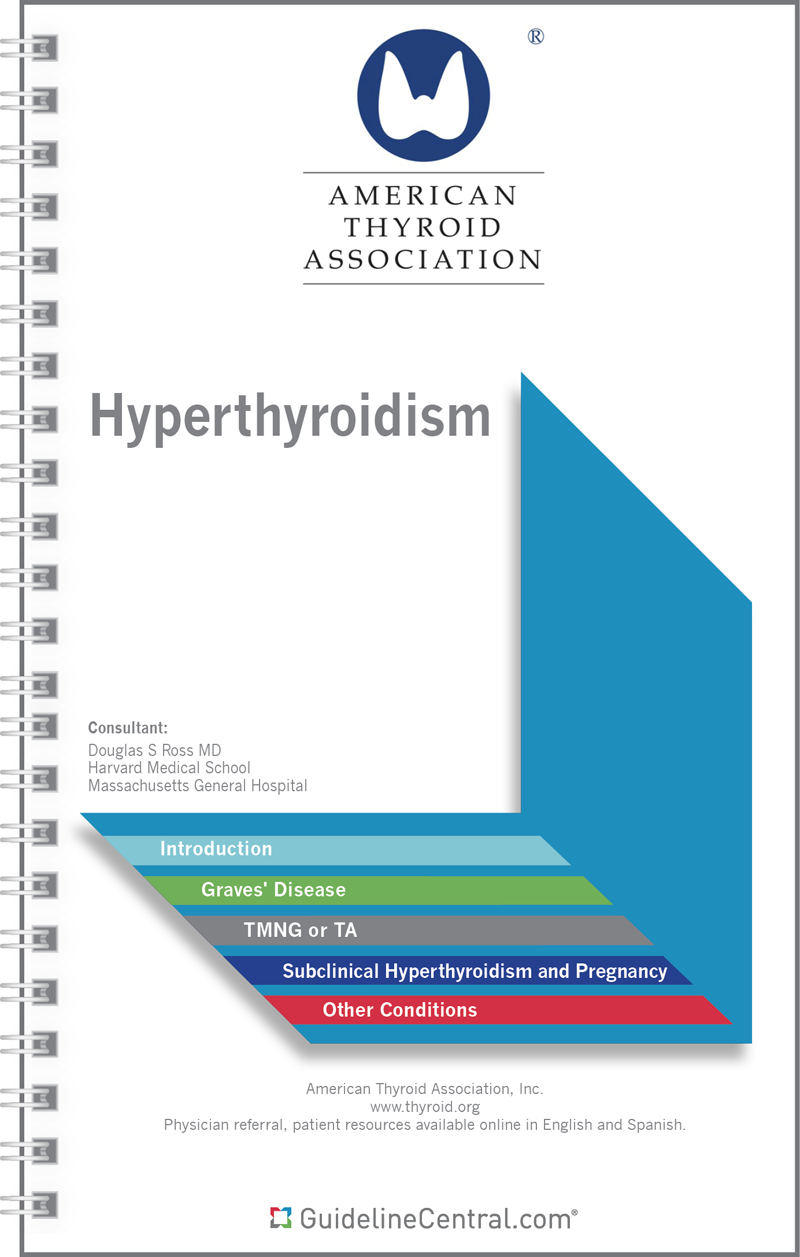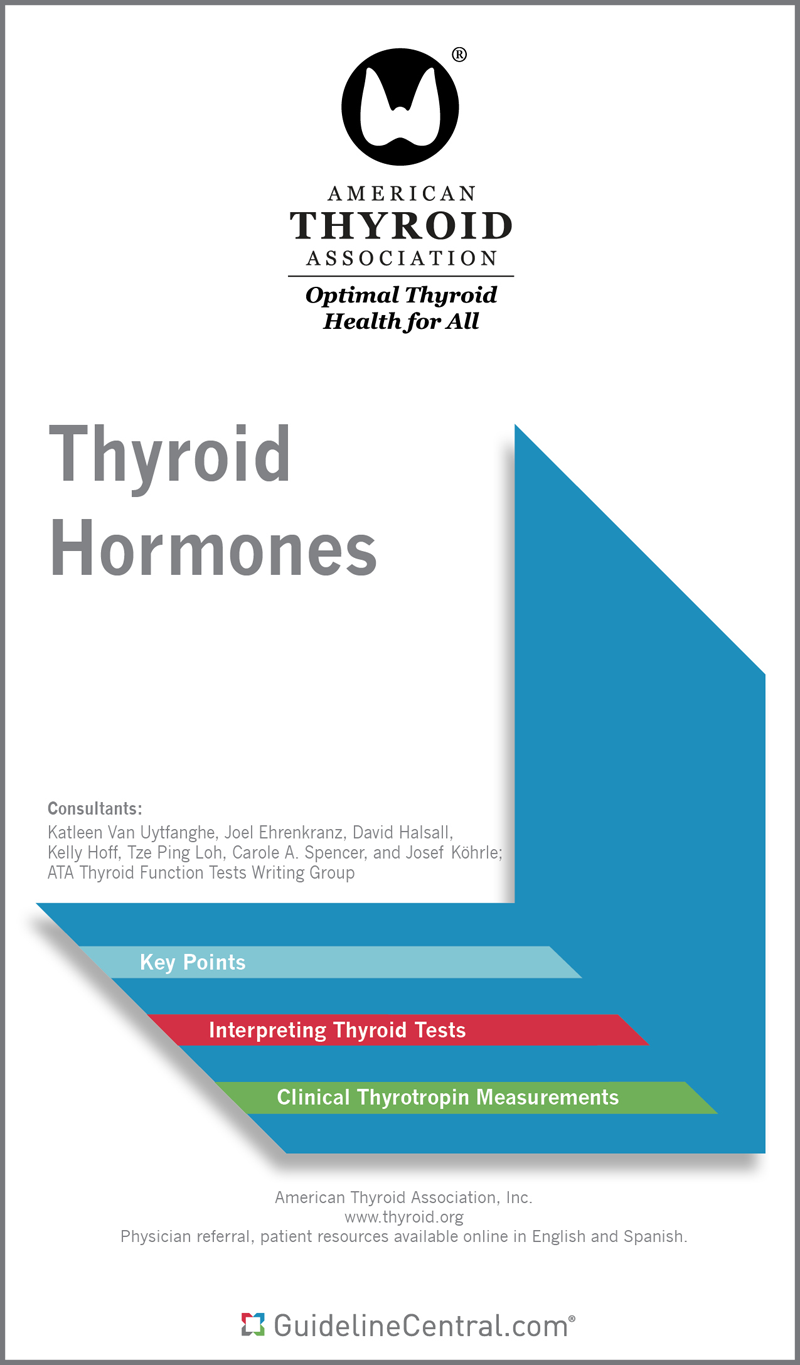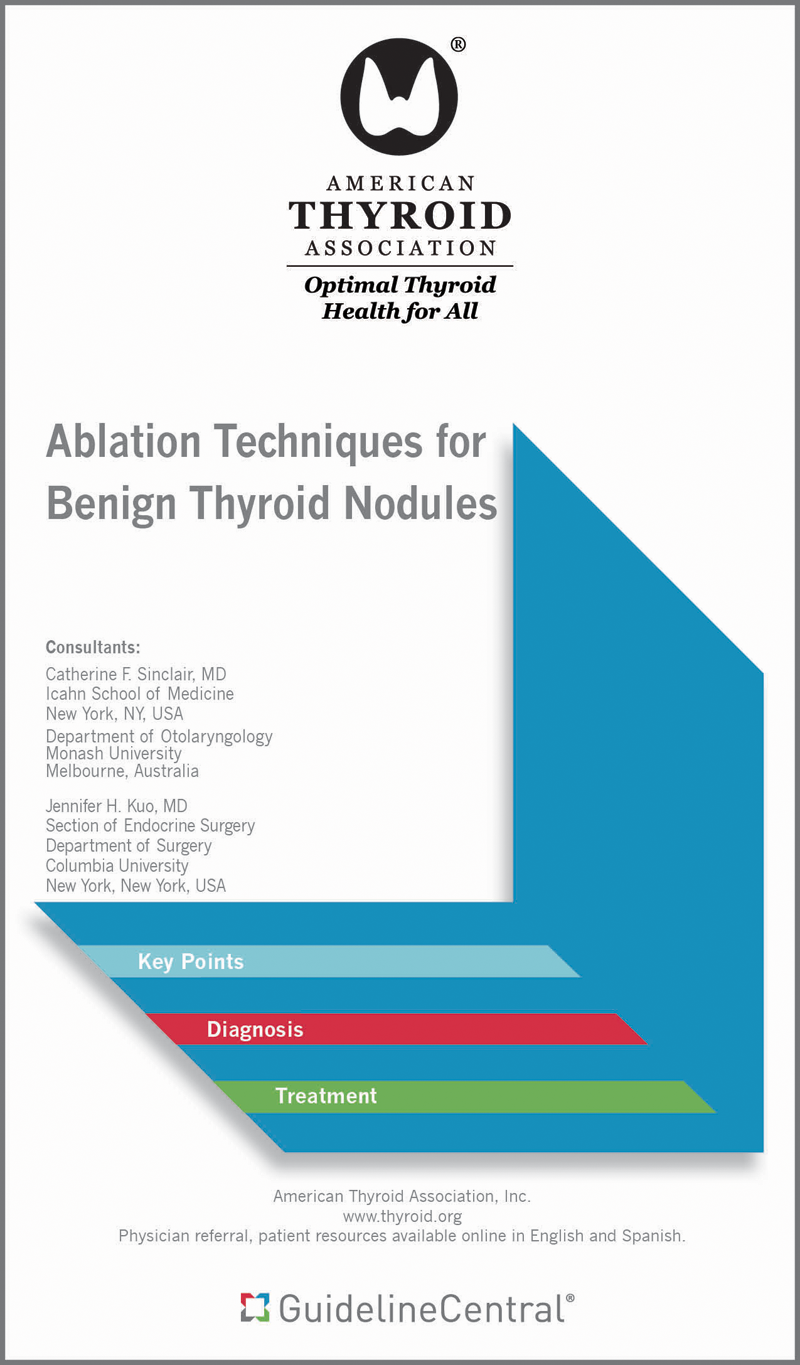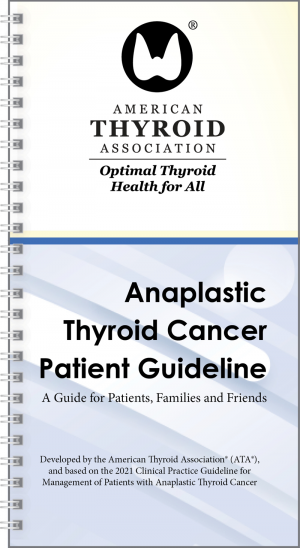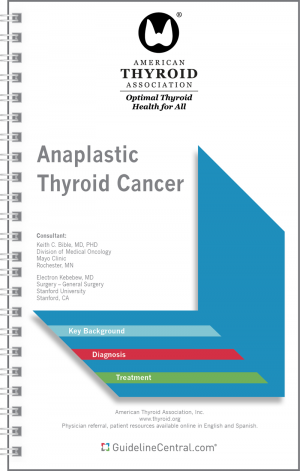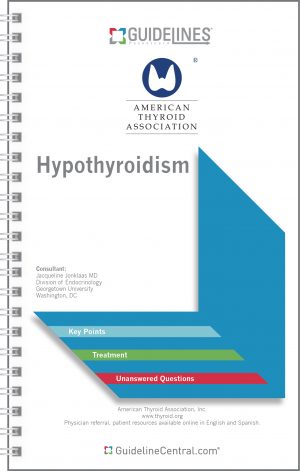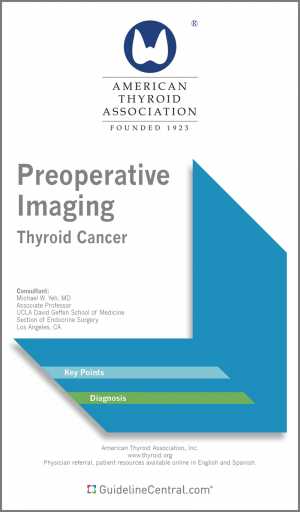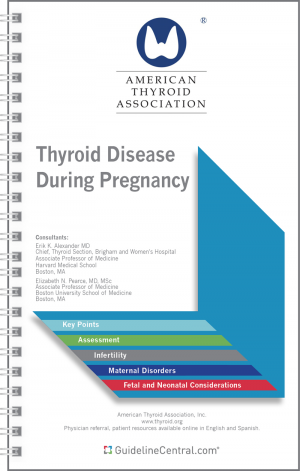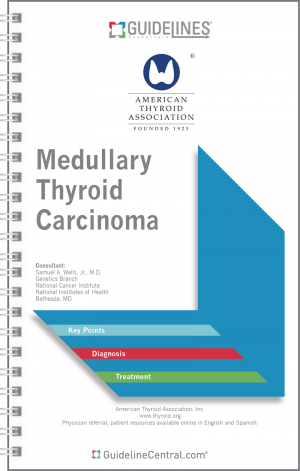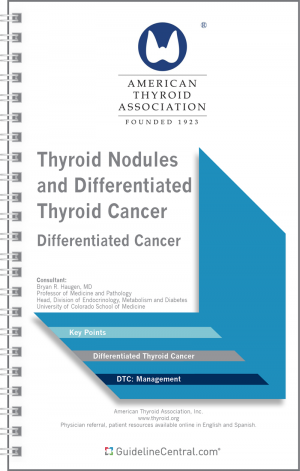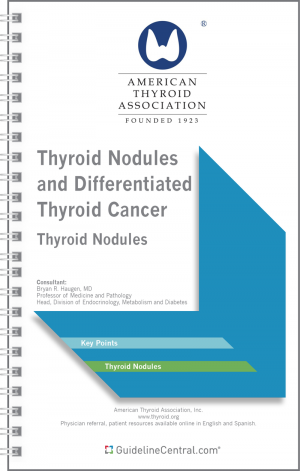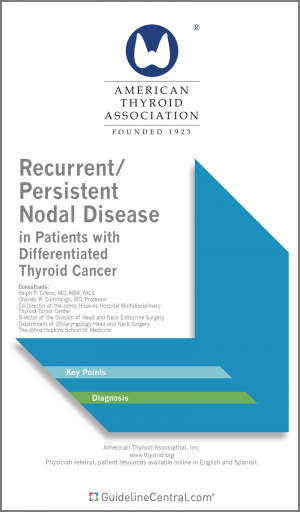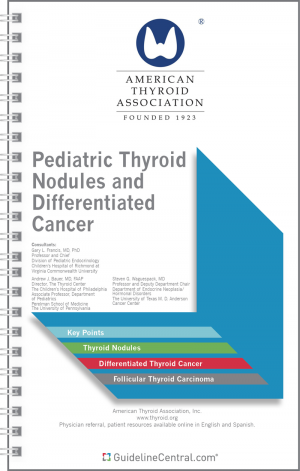Hyperthyroidism
- 34 pages
- Spiral Bound
- 80# Aqueous Coating
- 4.25" x 7.25"
- Ships in 5 – 10 business days
- Key Points
- Diagnostic Recommendations
- Determination of Etiology
- Symptomatic Management
- Risk Factors for Graves’ Orbitopathy
- Algorithm: A Suggested Approach to the Management of Amiodarone-induced Thyrotoxicosis
- Treatment Recommendations
- Graves’ Disease
- Medical Treatment
- Thyroidectomy
- Thyroid Nodules in Graves’ Disease
- Thyroid Storm
- Graves Disease with Orbitopathy
- Graves’ Disease
- Children and Adolescents
- Toxic Multinodular Goiter and Toxic Adenoma
- Clinical Situations That Favor a Particular Modality as Treatment
- Subclinical Hyperthyroidism
- Pregnancy
- Drug-Associated Thyrotoxicosis
- Destructive Thyroiditis
- Tables
- Causes of Thyrotoxicosis
- Beta-Adrenergic Receptor Blockade in the Treatment of Thyrotoxicosis
- Clinical Situations That Favor a Particular Modality as Treatment for Graves’ Hyperthyroidism
- Point Scale for the Diagnosis of Thyroid Storm
- Thyroid Storm: Drugs and Doses
- Assessment of Graves’ Orbitopathy: Clinical Activity Score Elements
- Graves’ Orbitopathy Severity Assessment
- Subclinical Hyperthyroidism: When to Treat
- Causes of Drug-Associated Thyrotoxicosis
- Unusual Causes of Thyrotoxicosis
- Theoretical Projections of Cancer Incidence or Cancer Mortality Related to 131I Therapy for Hyperthyroidism as Related to Age
- For purchases under 100 in quantity, we suggest placing the order directly through the website.
- We offer group/institutional licenses for multi-user accounts (discount amount varies depending on the number of users).
- We are proud to offer special discounts to medical schools, training programs, students and more.
- We offer bulk purchase discounts based on number of copies and number of titles.
Contact Us for more details
Description
This resource is for informational purposes only, intended as a quick-reference tool based on the cited source guideline(s), and should not be used as a substitute for the independent professional judgment of healthcare providers. Practice guidelines are unable to account for every individual variation among patients or take the place of clinician judgment, and the ultimate decision concerning the propriety of any course of conduct must be made by healthcare providers after consideration of each individual patient situation. Guideline Central does not endorse any specific guideline(s) or guideline recommendations and has not independently verified the accuracy hereof. Any use of this resource or any other Guideline Central resources is strictly voluntary.
You can also find this product included in this bundle!
